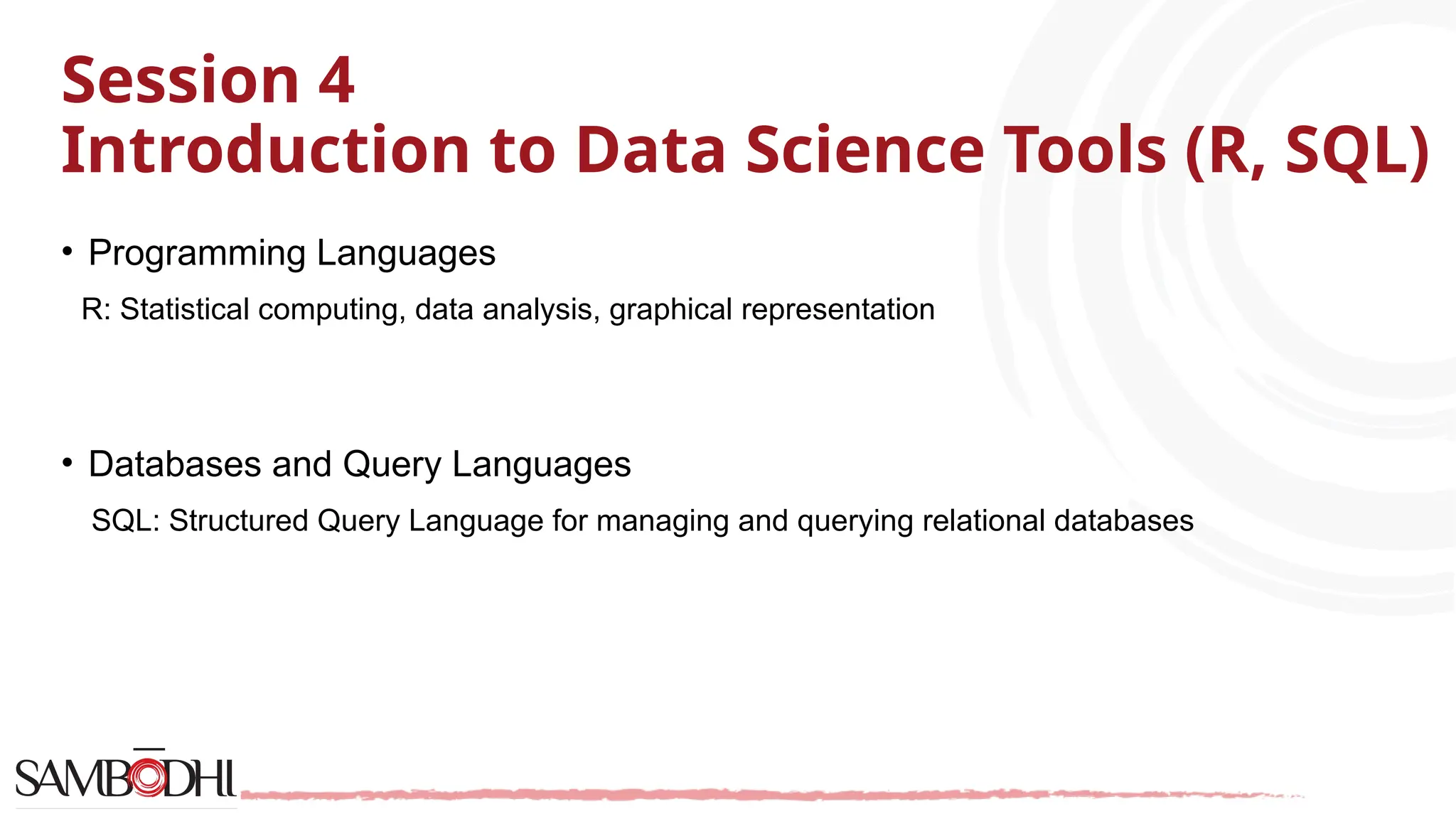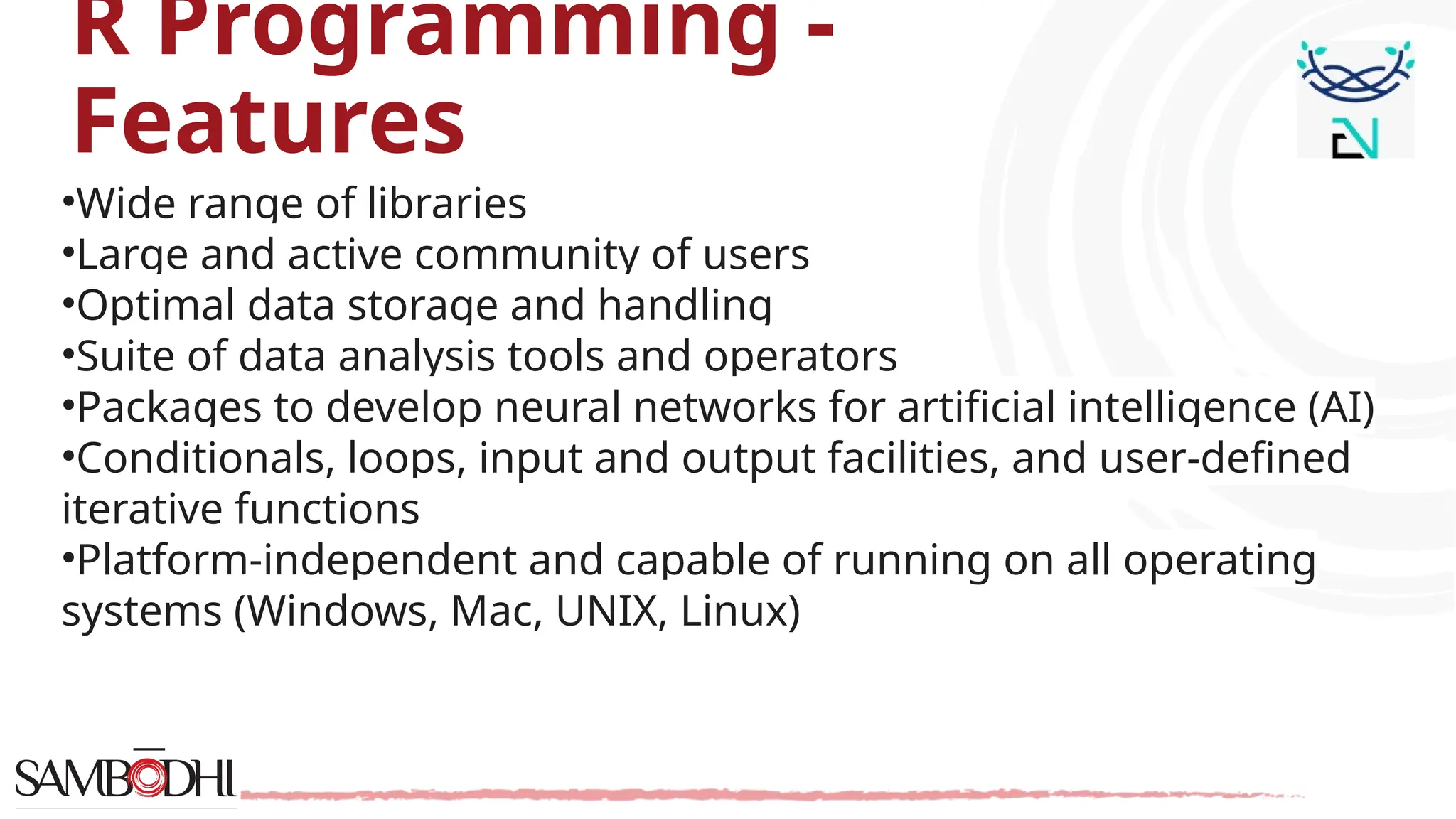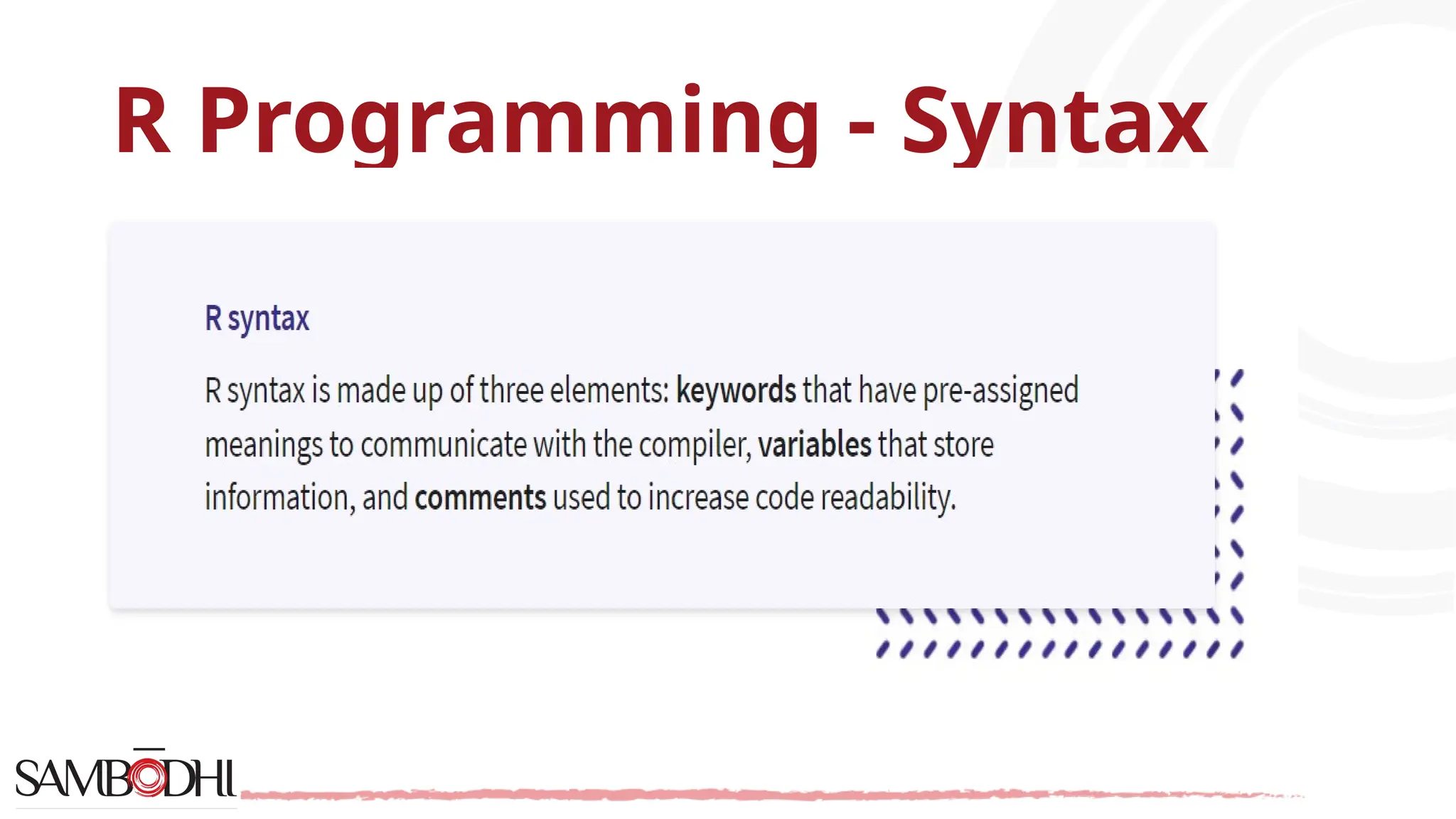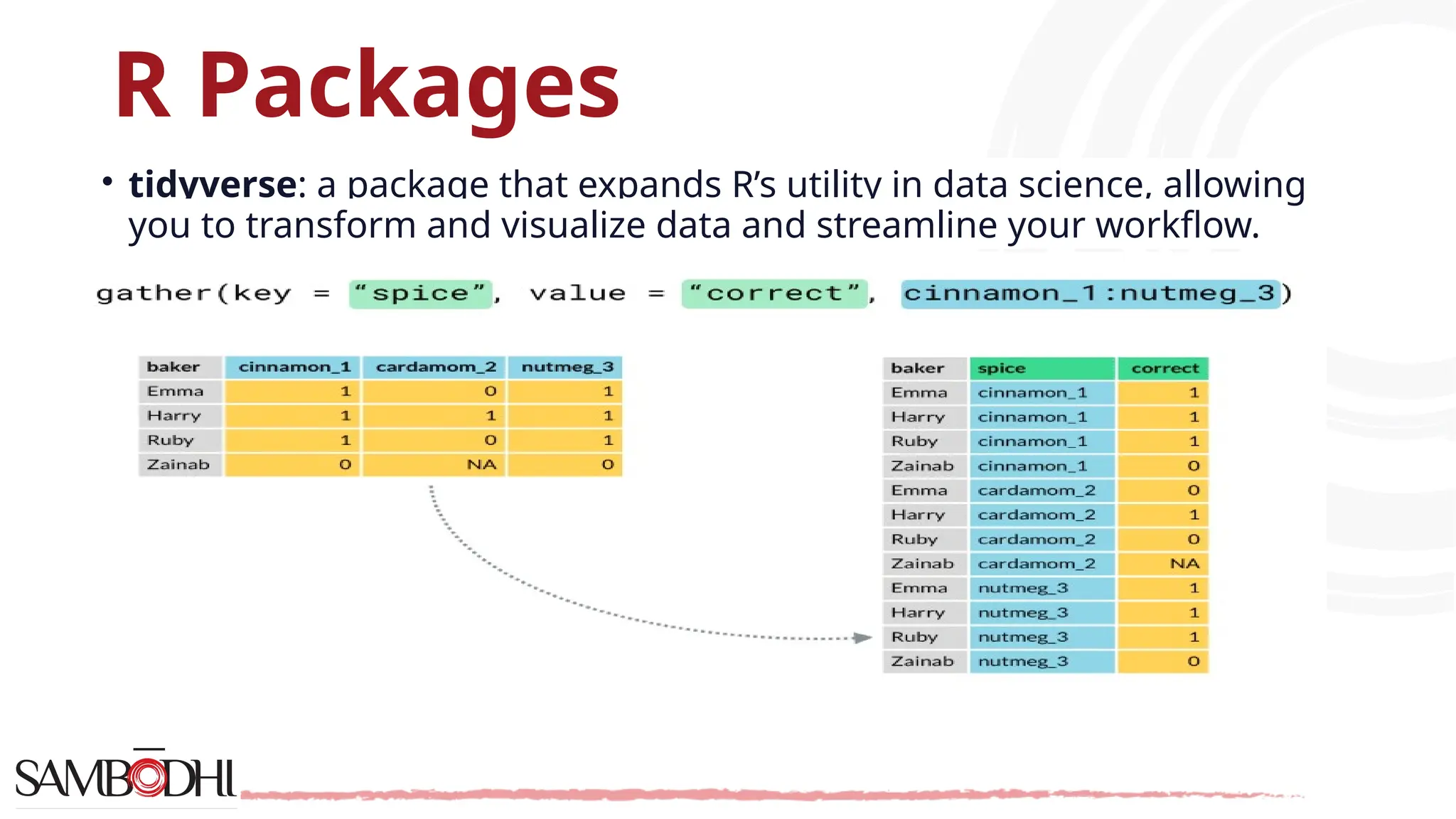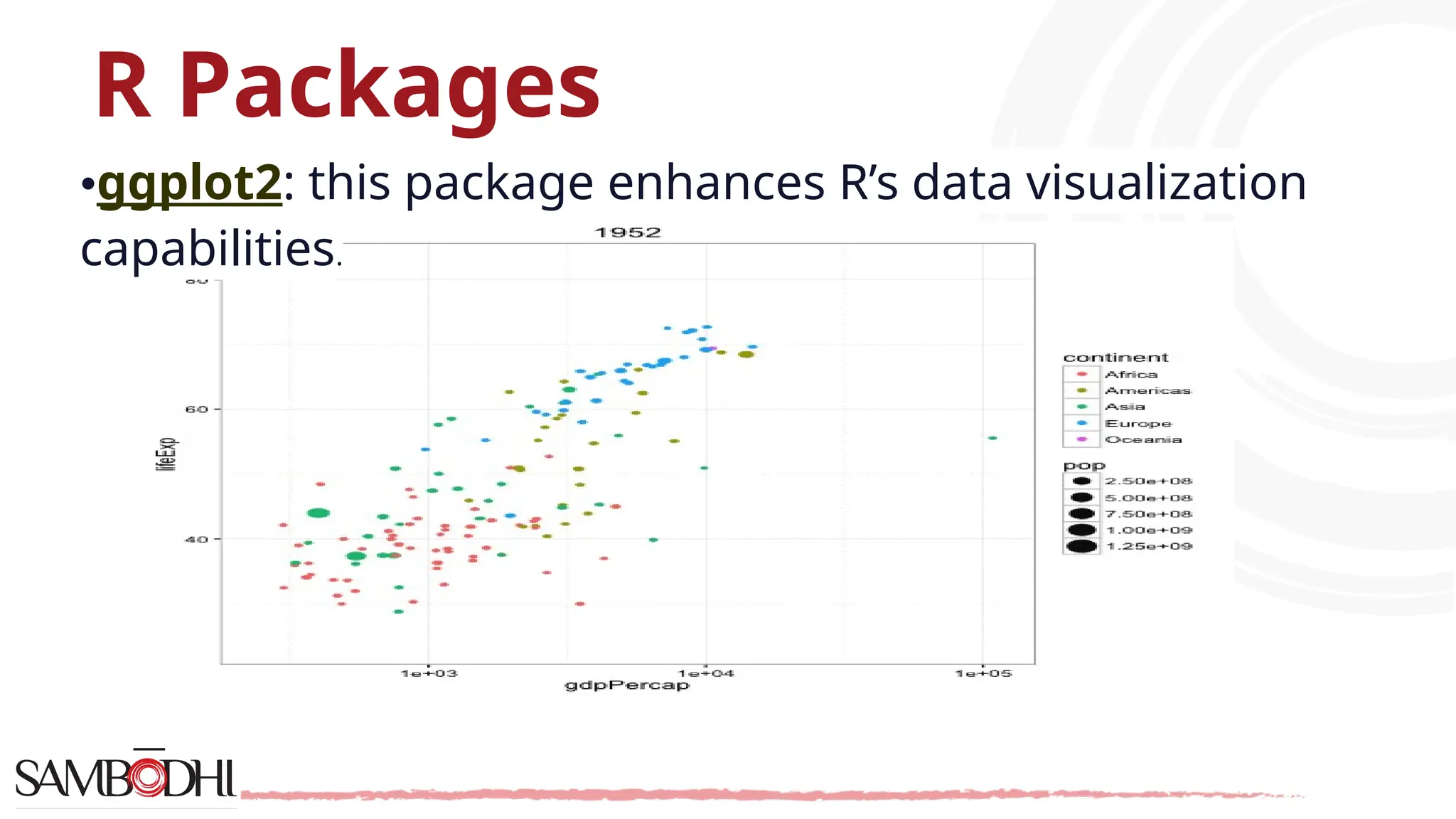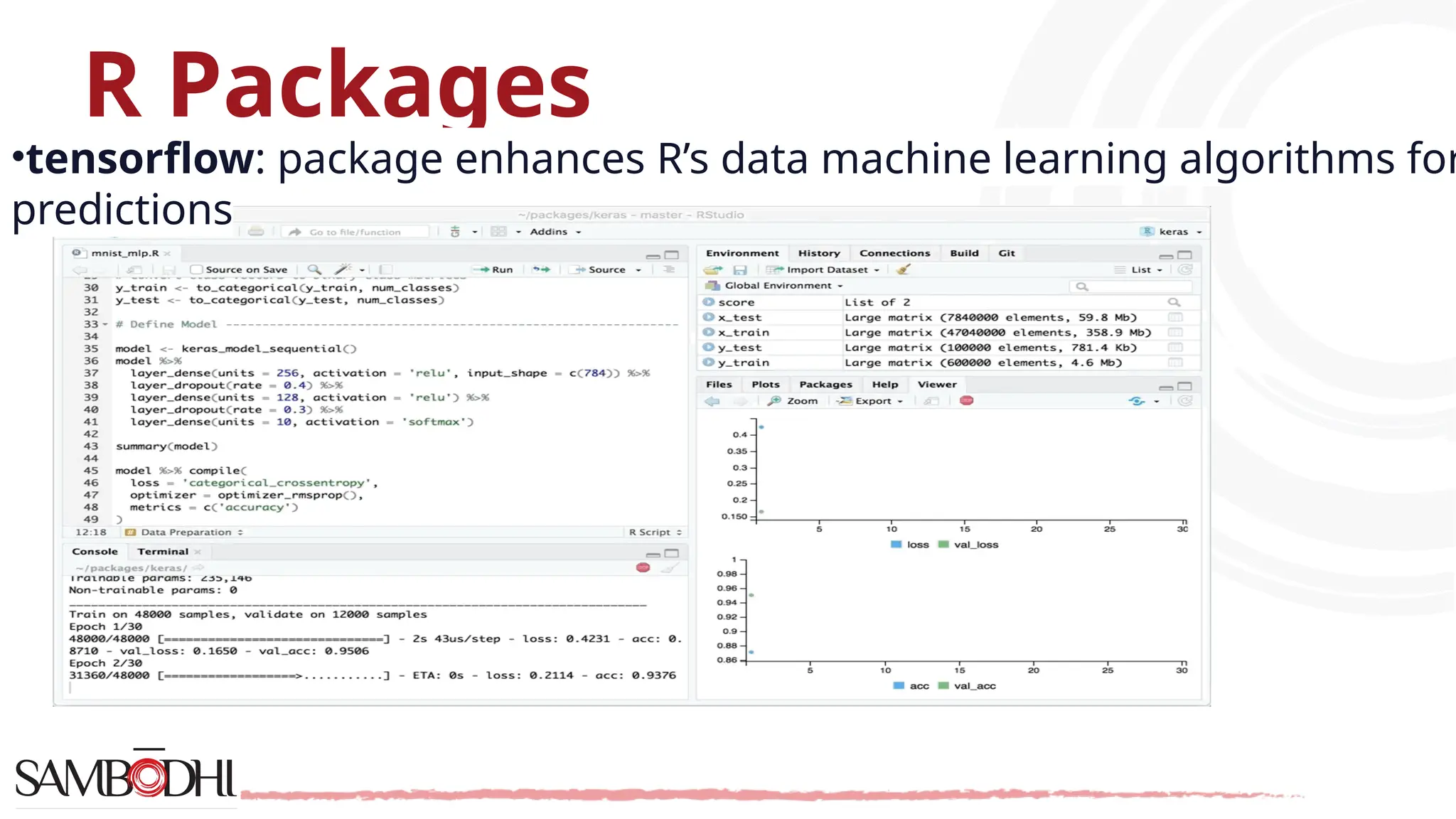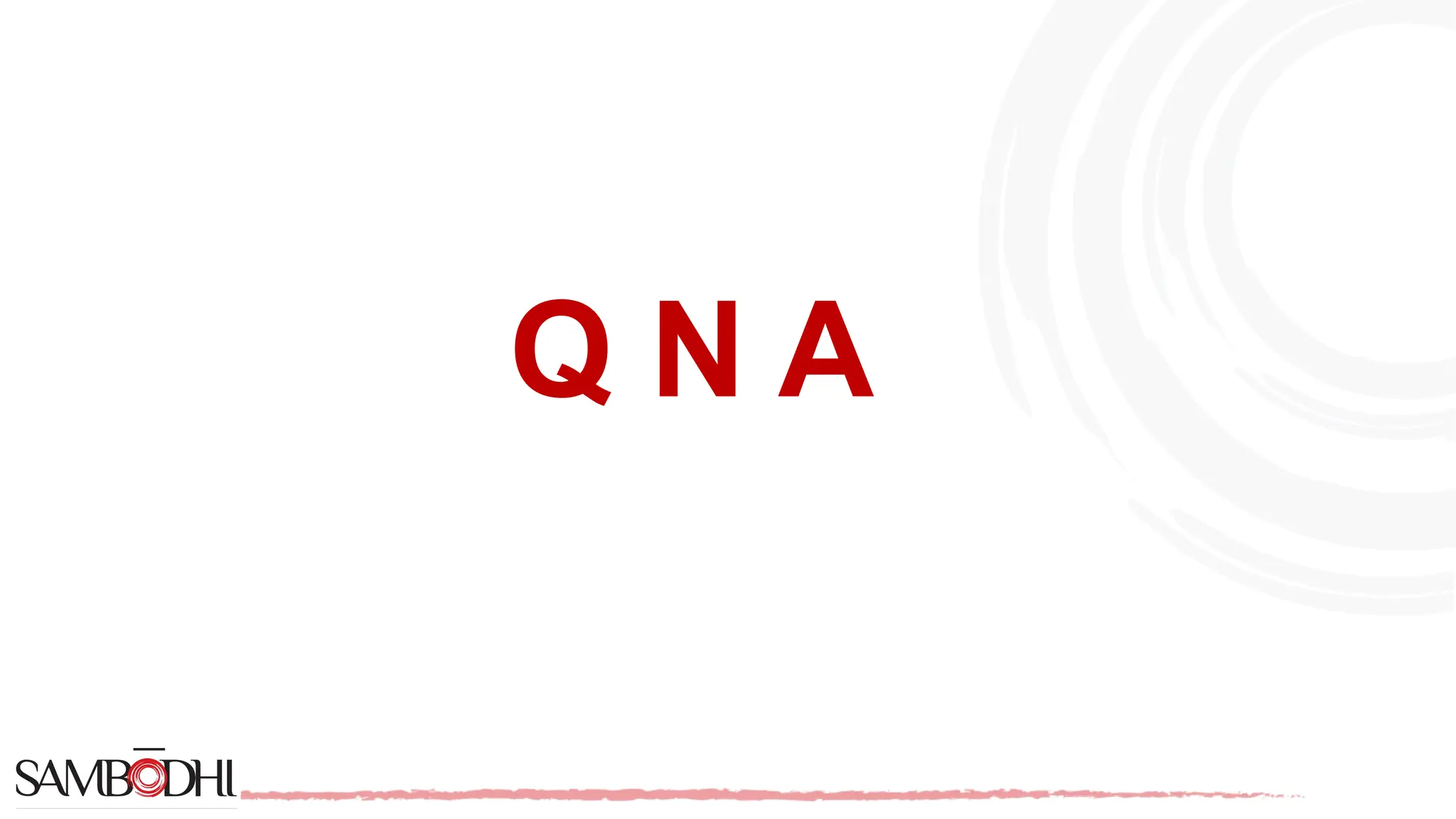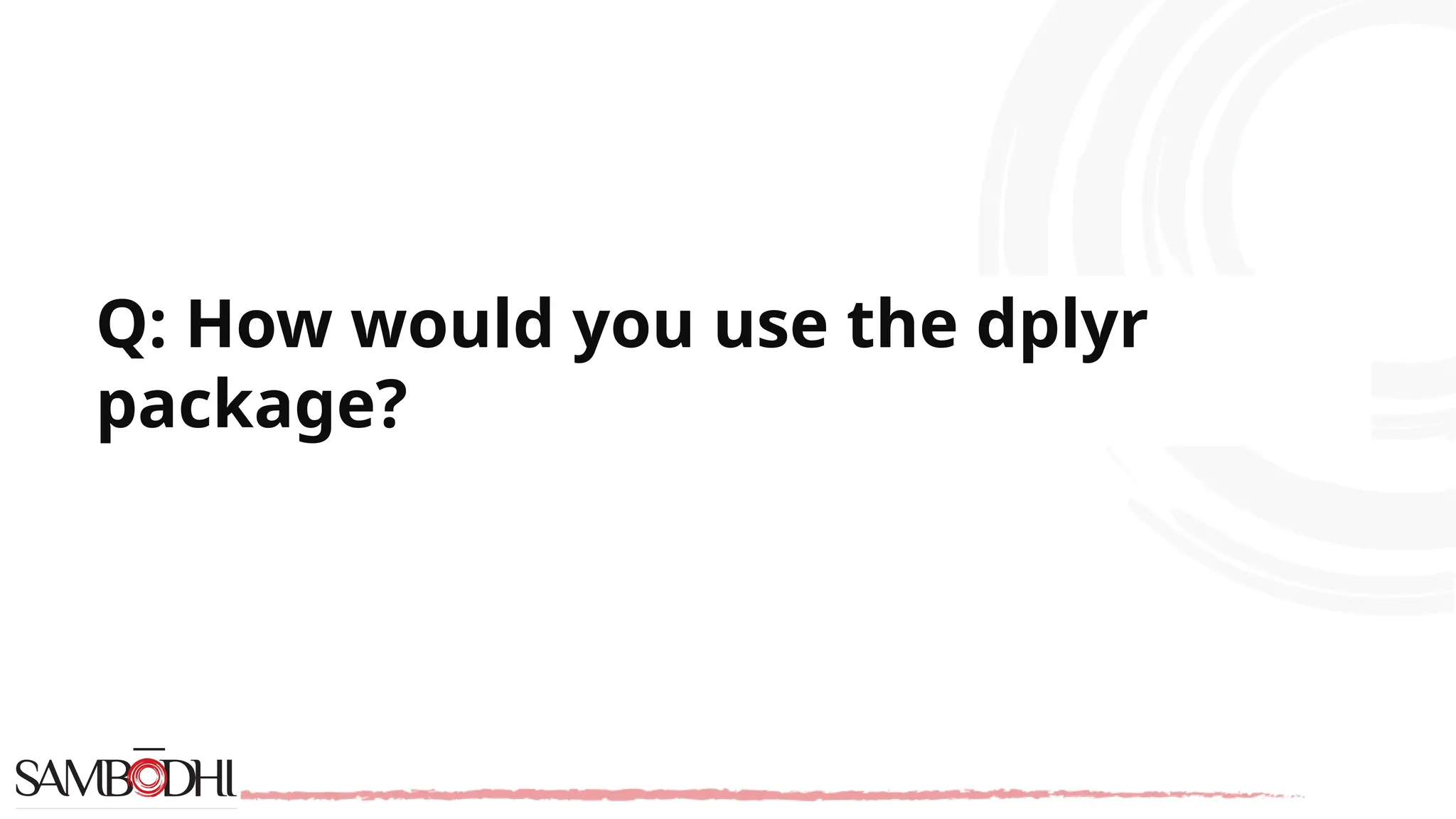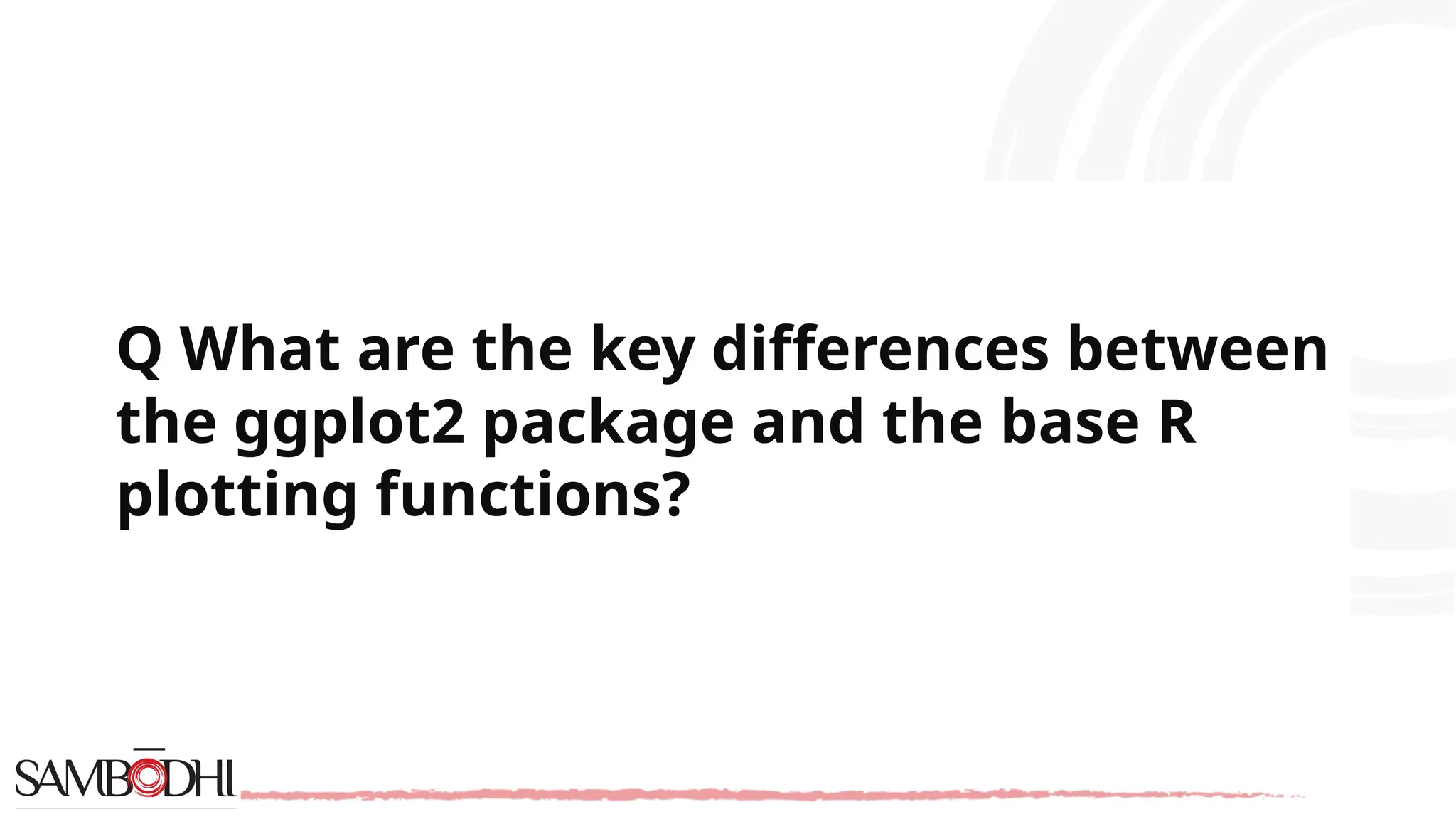The document introduces the role of data science in business, highlighting its definition, importance, and foundational tools such as Python and R. It explains the features and programming capabilities of R, including its libraries and packages like Tidyverse and ggplot2 for data visualization, and TensorFlow for machine learning. Additionally, it covers SQL for managing databases and provides insights on practical applications through Q&A on R packages.


